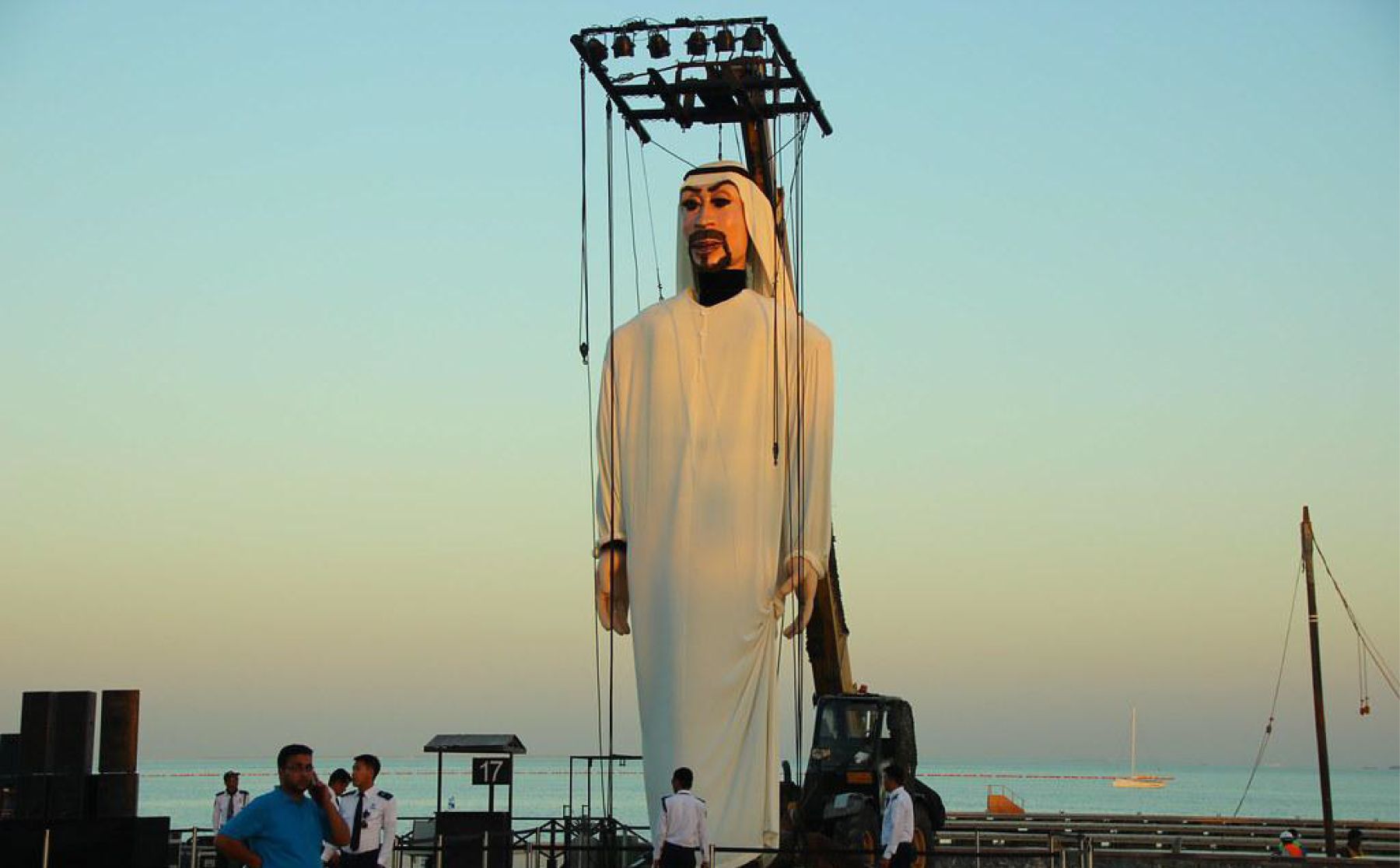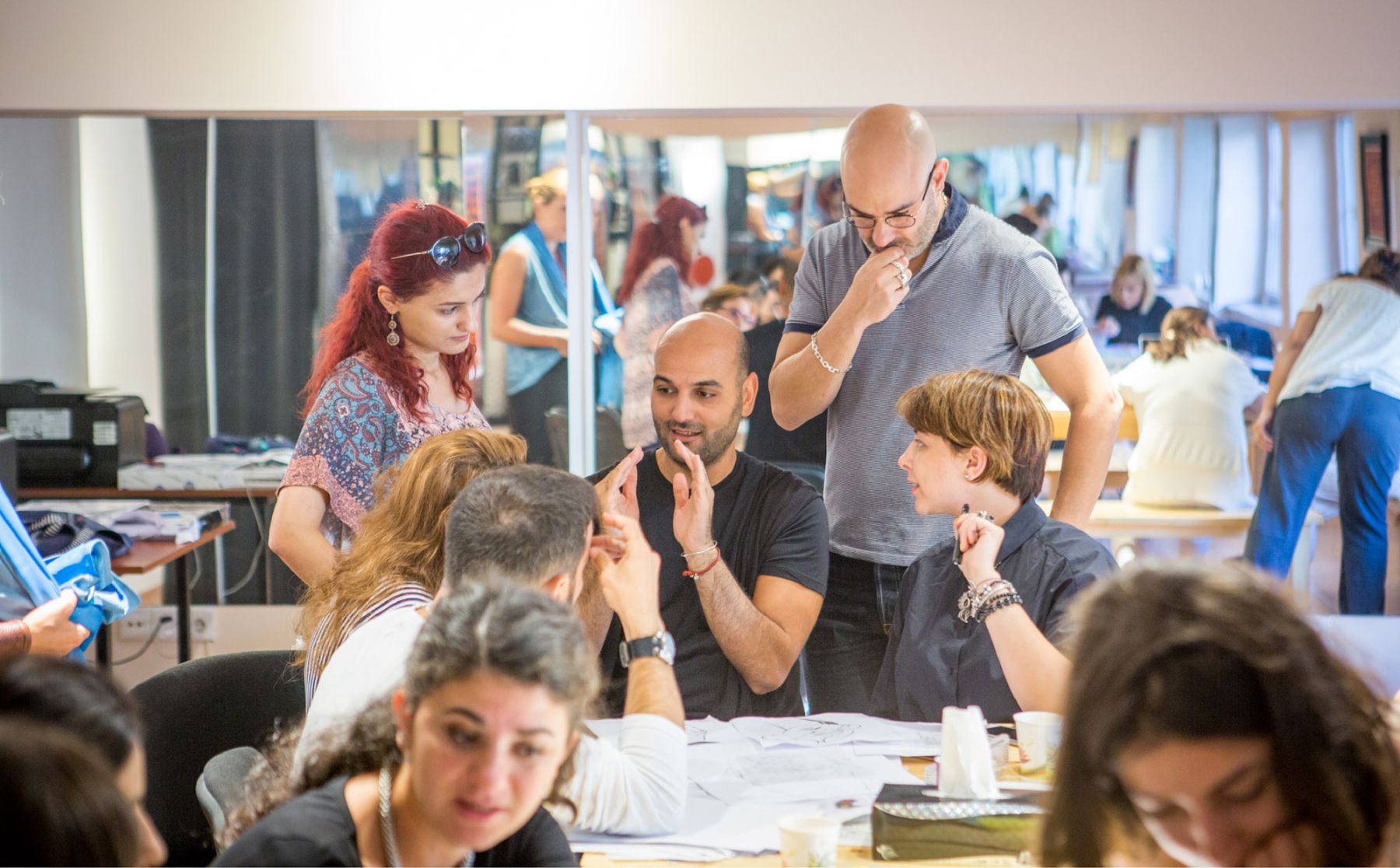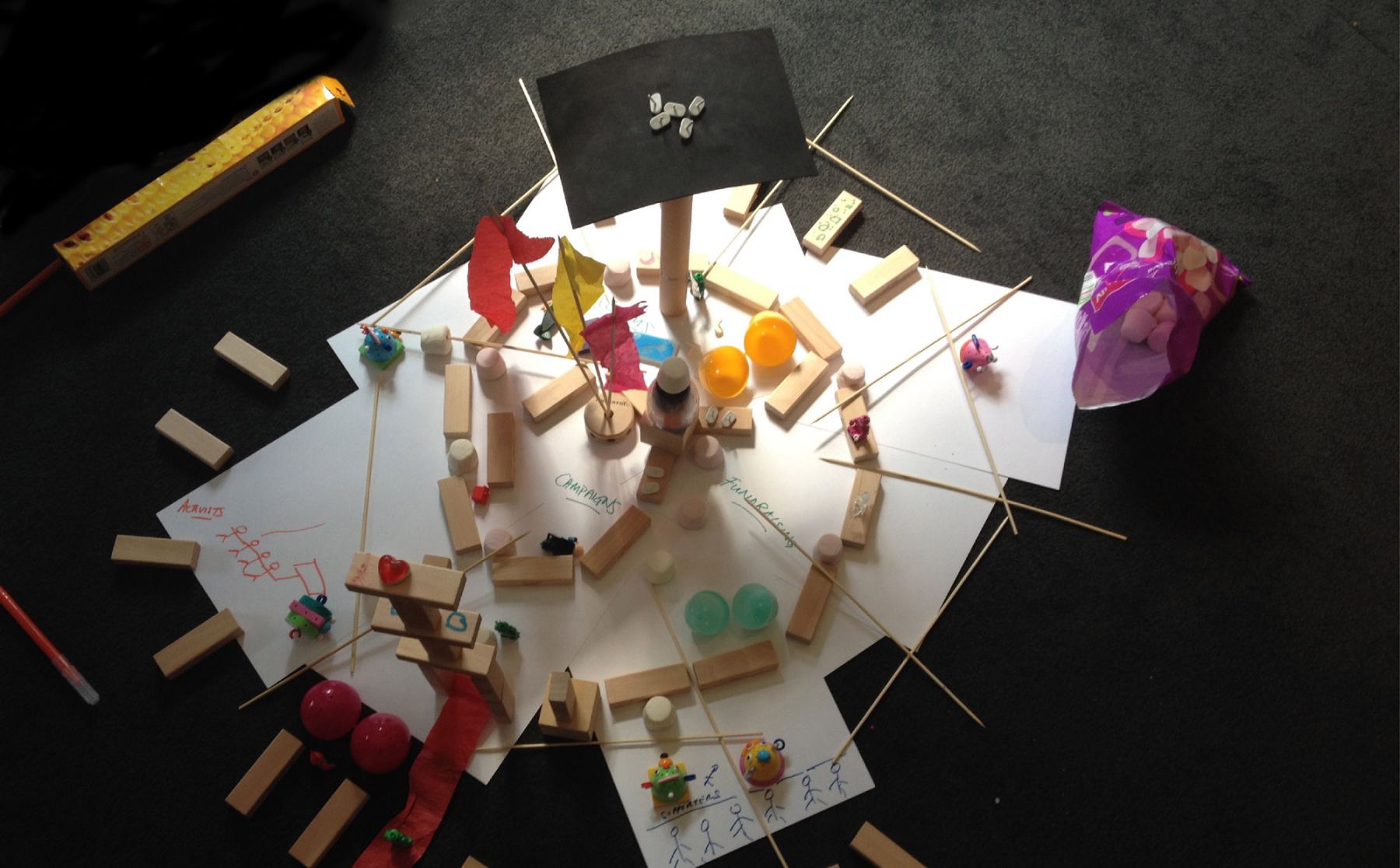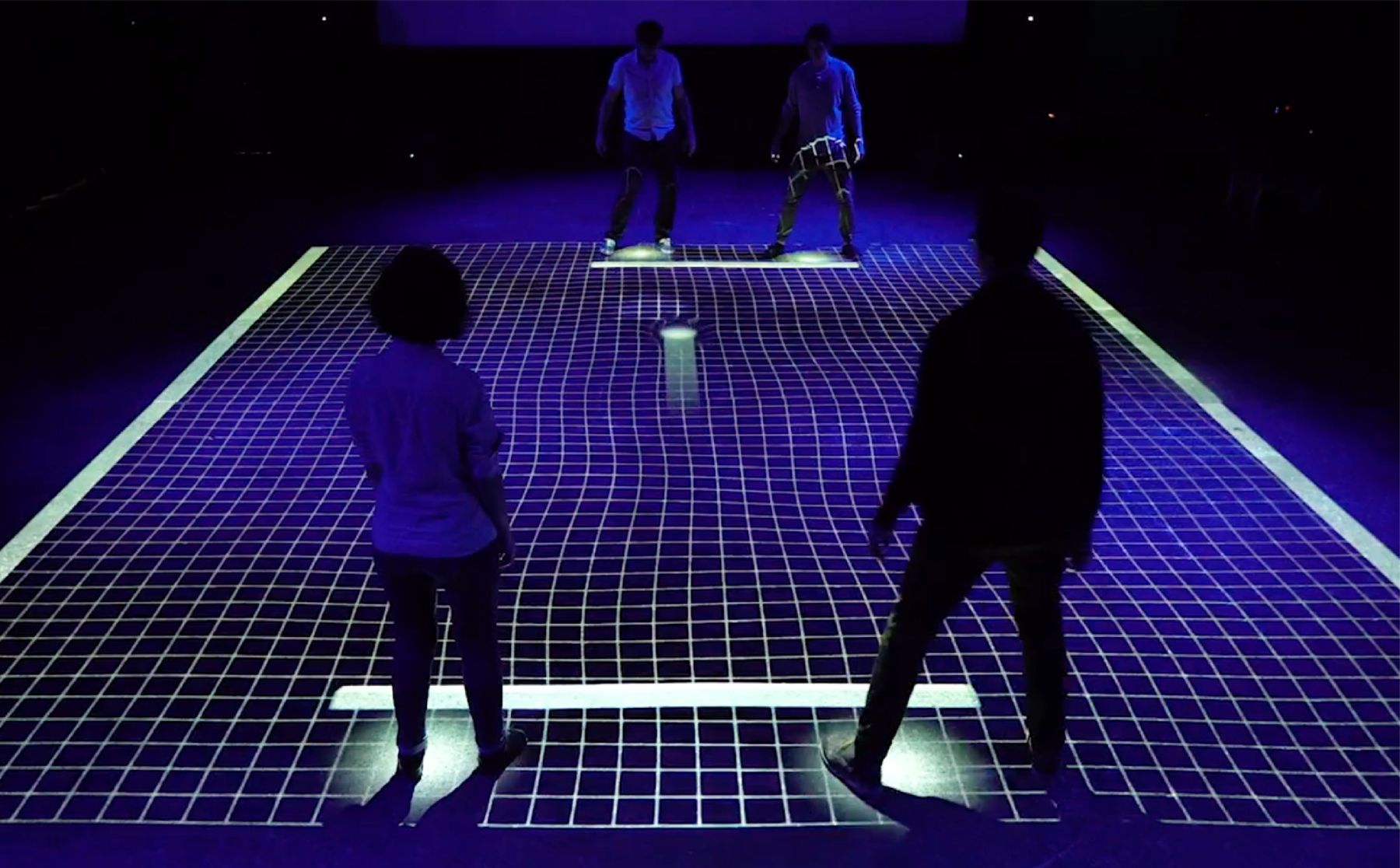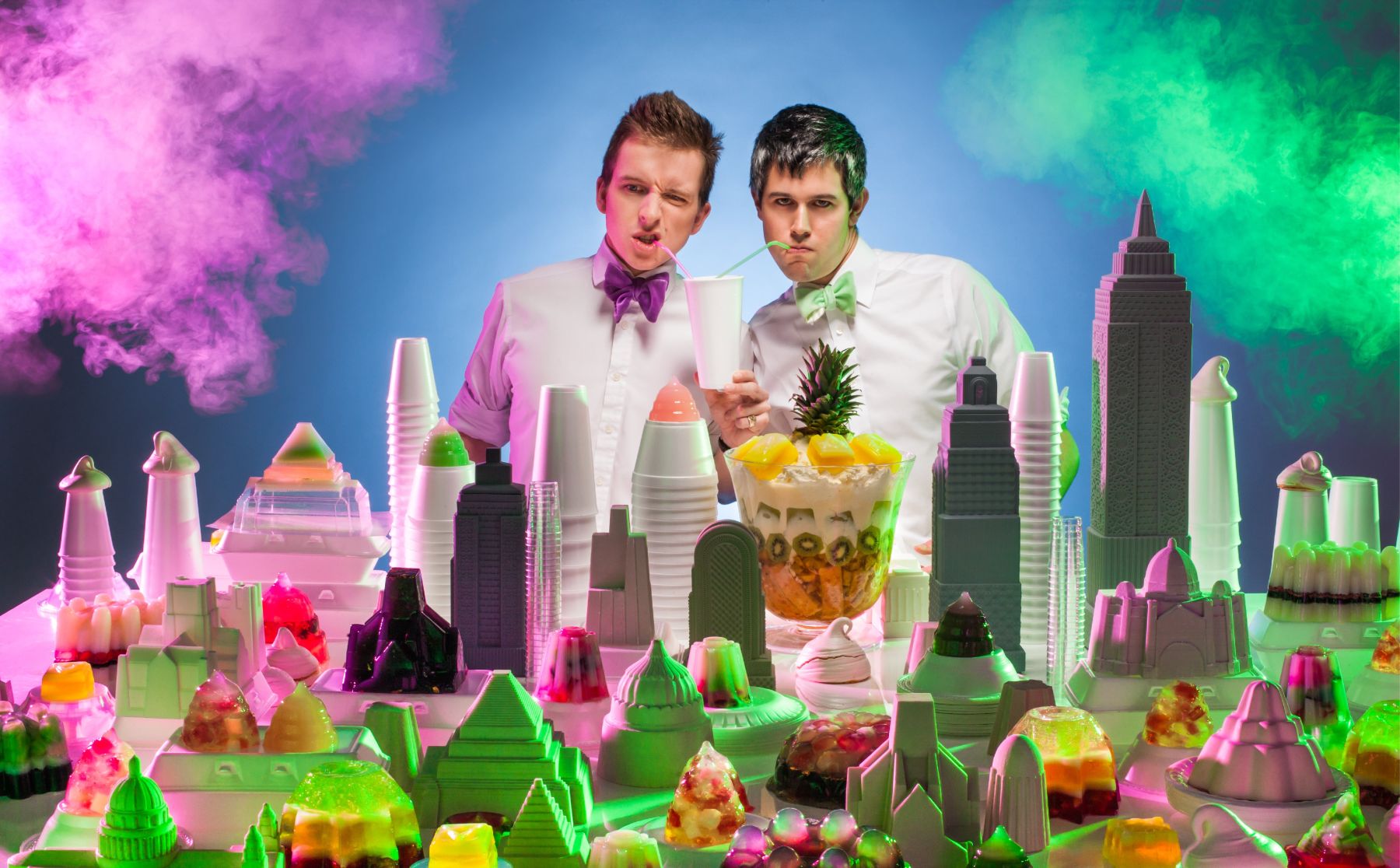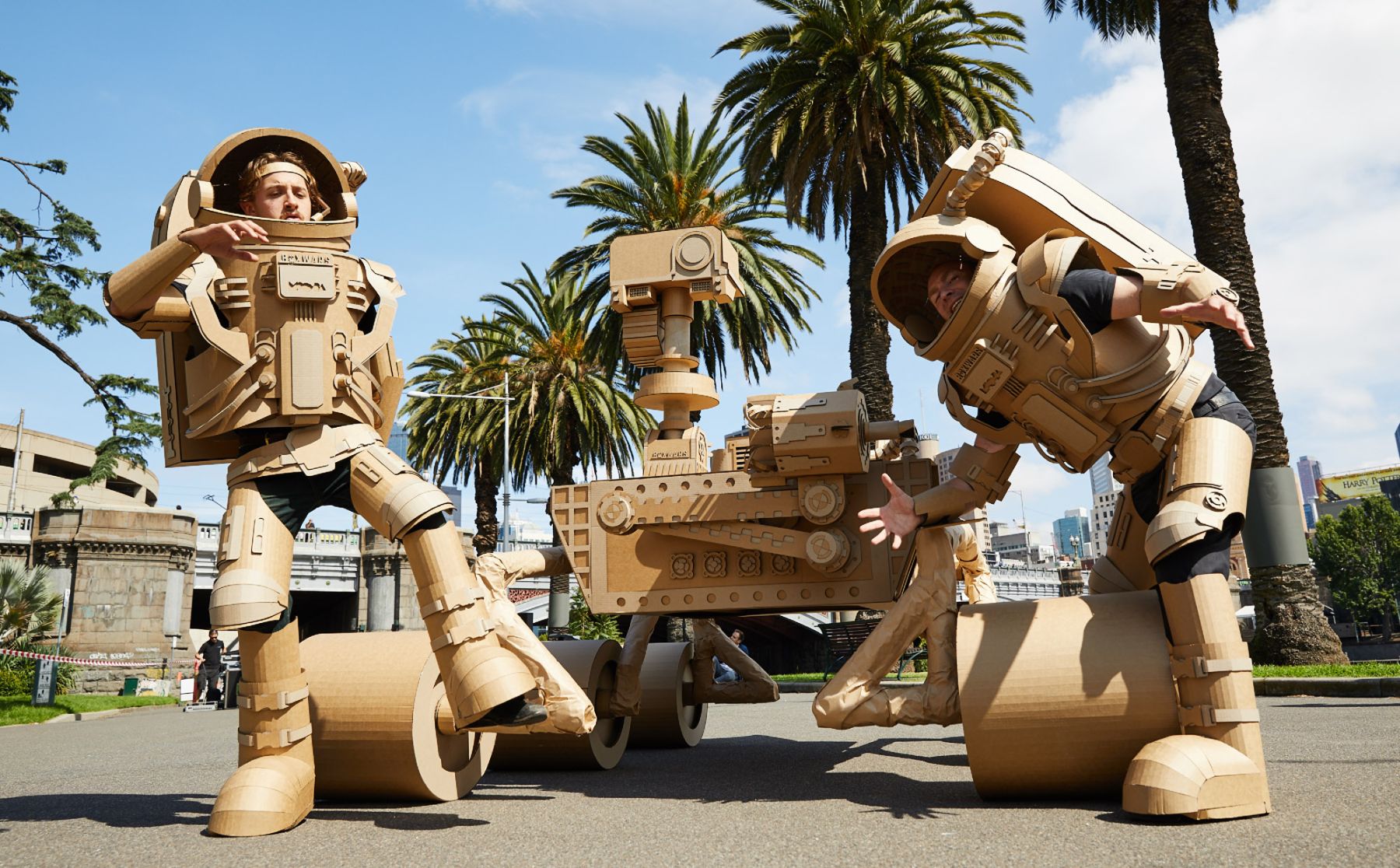Flowers in Place of Bullets: Expressing Non-Violence Through Art
By Nora Al-Taha
December 8th, 1980. The location is Upper West Side of Manhattan, New York City. West 72nd Street, the Dakota Apartment building. Mark David Chapman wears a coat and aviator glasses; a vile goal claws in his mind. The breeze is chilling at 17°C in the evening. The clock strikes the final hour for a beloved musician. It reads 10:50 P.M. Mark David Chapman held out a .38 special revolver, targeting John Lennon’s back.
“Imagine all the people, living life in peace.” Lennon’s famous song, Imagine, speaks volumes in peacefulness and harmony. The 1971 rock-pop ballad tunes hope for peace to this day. John Lennon with his wife Yoko Ono were advocates for peace, voices for non-violence.
Lennon and Ono celebrated their honeymoon protesting against the Vietnam War in 1969 in an unconventional, yet memorable way.
The couple’s peaceful protest, Bed-Ins for Peace, received press attention, spurred other bed-ins, and inspired Lennon to write the song, Give Peace a Chance. Even though the protests were for peace, the photographs of the couple lying in bed with signs over their heads reading, “Hair Peace” and “Bed Peace,” (see here) propose an artistic feel. The idea and term for Bed-ins for Peace stems from the nonviolent civil rights movement, Sit-ins. The strong message sent was captivating through its simplicity. The protests staged as bed-ins illuminate an intimate light to peace. The personal-feel of Bed-Ins for Peace was like a letter from John Lennon and Yoko Ono to the world, an urgency for peace.
The black and white photos of Lennon and Ono for Bed-Ins for Peace practically illuminate against the stark contrasts of Lennon's tragic murder, which aches to be imagined.
The Knotted Gun by Carl Fredrik Reuterswärd
Chapman’s vain act inspired a meaningful art piece. In 1985, Lennon’s friend, Carl Fredrik Reuterswärd, completed the iconic sculpture, Nonviolence, better known as The Knotted Gun (shown below). It is an oversized sculpture featuring a Magnum revolver gun with a knotted muzzle. The artwork is a memorial tribute to Lennon and signifies non-violence.
With action comes reaction. After Lennon’s assassination, Reuterswärd created The Knotted Gun--today's global symbol of non-violence. Acts of violence can last anywhere from minutes to months to years. Yet, the art created to promote non-violence survives decades, even centuries. In times of struggle, humanity preserves the blissful sentiment that is art. In war and peace, the majority of humanity opts for the latter.
For decades, symbols have been tied with peace. During protests against war, violence and injustice, mere symbols are at the forefront—signs of peace adorn the walls. The peace symbol is simply a circle with three lines inside it. A white dove with an olive branch in its beak represents peace. Major artworks exemplifying non-violence are also becoming vital images for peace.
During the 2020 Black Lives Matter (BLM) movement, many artists posted their artworks on their social media accounts. Some demanded justice, while others created alluring art to educate and promote the importance of BLM, which had more and more people worldwide listen and react. When peace protests arise, art sends the message across. What is the connection between art and non-violence?
Art is a form of expression, a communication tool conveying the artist’s message. Paint, Photoshop, photography, and others are all mediums of art. Messages sent from art (whether purposefully created or indirectly) become powerful tools of communication. Audiences feel what the art represents.
Flower Power by Bernie Boston
Imagine deadly, brass metal bullets replaced with gentle flower petals. Replace gunpowder with pollen. Explosive gunshots with the snap of a flower stem separating from its soil home. How does a flower relate to war weapons? Who would correlate the two in the act of peace?

Photographer Bernie Boston took the iconic photo Flower Power (shown above) on October 21st, 1967, during the National Mobilization Committee to End the War in Vietnam. A protestor placed a carnation into the barrel of a soldier’s rifle.
The spontaneous act inspired protestors to offer flowers to soldiers during protests. The delicate gesture oozes peacefulness. Not a yell, no shoving and no verbal pleads were made. The tranquil offering of flowers to the weapon-carrying forces looks like—more than anything else—a humane act.
The Flower Power gesture emits non-violence. The Flower Power photograph had been spontaneous, but its lasting effect marks it as a memorable non-violent art piece and acts for peace.
Guernica by Pablo Picasso
Suffering. Turmoil. Tragedy. Many words describe the effects of war, yet not many can recreate the consequences into imagery. Leave that to the pros, and who better than Pablo Picasso himself?
Colors and portraits of life attribute to Picasso’s paintings. Picasso is a modern art legend. The co-founder of Cubism and one of the world’s most influential artists. Through his art, Picasso transcends expression, depicting the humane senses of joy and pleasure, struggle and sadness.
Guernica (shown below) dims the light on his typically vibrant collections. Shades of black, grey and white set the realistic mood of war’s effect. In 1937, Picasso was living in Paris. Previously summoned to create a large mural for the Spanish Pavilion at the Paris World’s Fair. Feeling uninspired, Picasso worked impassively from January until April.
Then, April 26th happened.
Picture Picasso, with his stained hands from paint and cigarette smoke whirling around him. The 56-year-old artist read the newspaper article: a destructive bombing on the quiet, small village of Guernica, Spain, by German air forces.
With a visit from poet Juan Larrea, urging Picasso to create a piece relating to the Guernica bombing, Picasso had been inspired. His lackluster energy to his World’s Fair artwork had been replaced with a new idea. Motivation refueled his direction; Picasso sketched his ideas into a series of a premature Guernica.

Guernica features a pierced horse, a crying mother holding her dead baby, a bull, a dismembered soldier, and another woman screaming with her arms held up above her with flames occupying the canvas areas. The unrealistic use of Cubism does not shy away from the genuine horror of war. Somehow, it better portrays it.
How can an artist recreate the terror of war? To capture the inhumane act of a bombing and killing of innocent civilians? The abstract art of Guernica displays the innocents who are at the frontlines of destruction.
The abstract painting delivers an imperative message against war. Even though Picasso himself never offered an interpretation of the artwork to avoid being identified as a political artist, Guernica's subject stands as a symbolic gripe for peace.
Tower to the People by Eron
When Nelson Mandela was released from prison in 1990 after 27 years, he held up his clenched fist in the air.
The raised, clenched fist. A hand gesture that expresses support, strength, unity and power.
In Santarcangelo, Italy, Italian graffiti artist Eron adorned a simple brick tower. A raised fist made comprised of white roses dresses the tower. At first glance, the fist seems to protrude from the tower as a three-dimensional sculpture.
Tower to the People is, in fact, a spray painting. The use of white roses does not elude to the strength of symbolic gesture. The contrast between the delicate flowers and the power symbol ignite sparks between the strength and delicacy of humanity, especially in times of unity.
Eron tributes the painting to “the strength of gentleness, the power of non-violence, the victory of kindness, the triumph of love over hate, the intensity of poetry, the perfection of harmony, and the desire for freedom and peace.”
The use of white roses is symbolic in itself—the white rose represents unity and the pureness of love. The Tower to the People could be received a unified art piece to humanity, to unite and to have love in terms of patience, understanding and kindness for one another. Just as in the photograph Flower Power, flowers are used in a non-violent masterpiece. The fist of flowers painting is a modern art piece that many Santarcangelo locals and tourists can pass by to remember the important message that non-violence sends powerfully, yet so gently.
“I’m shot! I’m shot!” were John Lennon’s words after the bullets hit his back and side.
A gun, a manmade weapon, killed John Lennon. A sculpture, created by Lennon’s friend, inspires non-violence. A spray painting depicted a fist of flowers promotes unity. An abstract painting shows the violence of war and urges peace.
Non-violence has been, and unfortunately, still is a moving and important subject in art.
On October 2nd, every year, the world celebrate International Day of Non-Violence. These iconic art pieces—some centuries old, others only a handful of years young—encourage non-violence. They shed light on the vitality of peace.
Why October 2nd? Mahatma Ghandi, India’s greatest influential figure, was born October 2, 1869. What better way to end on non-violence than by the founder of the modern non-violence movement:
“Non-violence is the greatest force at the disposal of mankind. It is mightier than the mightiest weapon of destruction devised by the ingenuity of man.”
- Mahatma Ghandi




